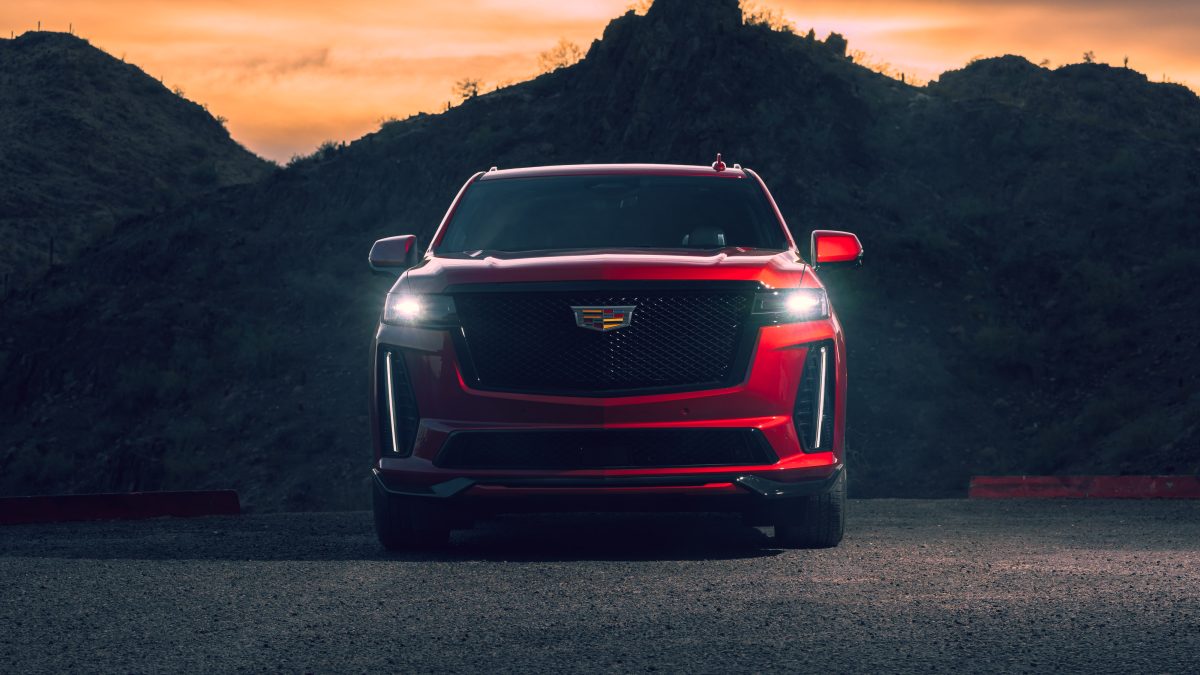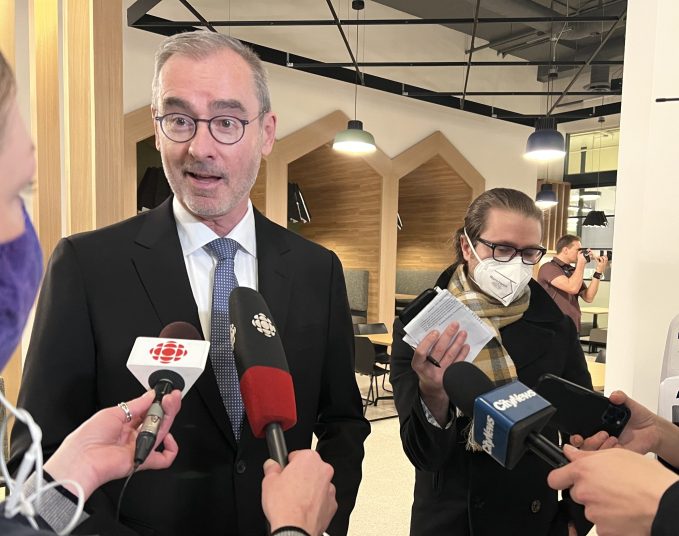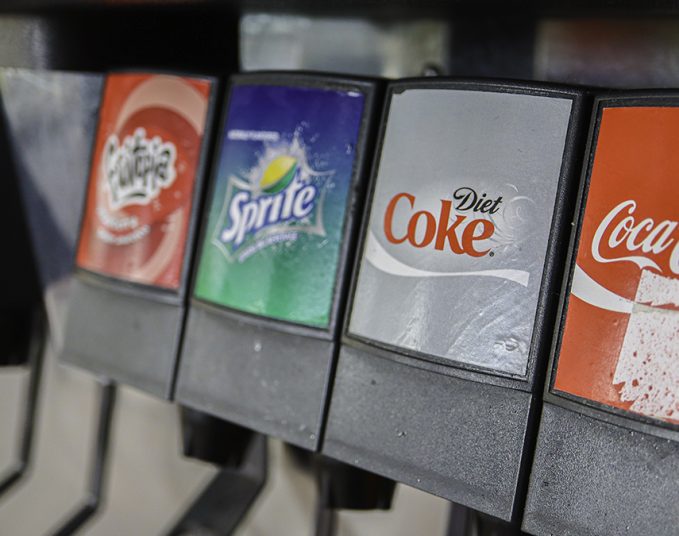Google “SUV” and “biggest” and you’ll be led to a slew of articles, all praising how much space is offered by the largest models out there.
Ford, GM and Jeep all offer models more than 220 inches long. Many models offer ground clearances of 10 inches or higher. And some weigh more than 6,000 pounds.
And, electric vehicles are bigger and heavier than their gas-guzzling cousins, too.
As these vehicles are legal to be on our roads, it leaves cities with some weighty questions (see what I did there?). Do we need to protect drivers and pedestrians from the size and weight of modern vehicles?
It was a topic of discussion at City Council this week — and it came out of a discussion on how to better protect pedestrians.
Coun. Andrew Knack introduced a motion that would direct City administration to investigate a plan that could change the rules around sidewalk construction. If a road is reconstructed, a multi-use trail will be constructed alongside, instead of a sidewalk. It called for more raised crosswalks where main streets intersect with entrances into residential communities, and for raised crossings at alley entrances.
“It sends a reminder that I am going into a residential community, so I have to drive more responsibly,” said Knack.
These are all ideas that could protect pedestrians and cyclists.
“We’re missing out on a lot of opportunities that cost us far more to fix afterwards than if we actually did it right the first time,” said Knack.
Council unanimously supported sending this proposal to administration, which will consult the public and investigate the feasibility of the plan. It will be brought back to council in September.
Knack said it is time for the City to stop having to create Band-Aid solutions when it comes to traffic safety. He said it’s better to have a policy where best practices are mandated.
“From a traffic safety perspective, we are spending so much money on crosswalks and different traffic safety improvements, and Street Labs, and all of these things. If we just built them in clearly when we’re reconstructing neighbourhoods, I think we’d see much greater savings up front.”
But Coun. Michael Janz warned that cities are being asked to cope with what the car manufacturers are rolling out of their factories.
“They are so big and dangerous, and this is being allowed by federal regulation,” said Janz. “They’re allowing these vehicles to get bigger and bigger and bigger. We can have all these curb bumps, et cetera, but these huge vehicles will just glide over them and into pedestrians.”
Knack said raised crosswalks will act as a warning for drivers turning into residential neighbourhoods. And turning is an issue for SUVs and big pickups.
The U.S.-based Insurance Institute for Highway Safety (IIHS) released a study in 2022 that shows, when making left turns, an SUV is twice as likely to have a crash that kills a pedestrian than a car. It moves up to three times the fatal-accident risk for minivans, and quadruple the risk when driving a pickup. A driver of a pickup is 89 per cent more likely to kill a pedestrian when making a right turn than the driver of a sedan. SUV drivers hanging a right are 63 per cent more likely to kill pedestrians on right turns than car drivers.
“It’s possible that the size, shape or location of the A-pillars that support the roof on either side of the windshield could make it harder for drivers of these larger vehicles to see crossing pedestrians when they are turning,” IIHS Senior Transportation Engineer Wen Hu was quoted in the study.
Janz likened having great mixed-use trails and raised crosswalks to having a great water system — it’s no good if a big company keeps poisoning the supply.
“To some extent, we are taking on the onus of traffic safety as a municipality, and taking the onus away from the actual auto manufacturers and the vehicles themselves.
“At some point, municipalities are going to need to say that we designed a parking stall to fit a vehicle. But the modern vehicle now is having trouble fitting in there… At some point, we’re going to need to address the root of this problem, which is the vehicles and the drivers.
“We as a city are spending money picking up the slack for somebody else.”
Savvy AF. Blunt AF. Edmonton AF.




